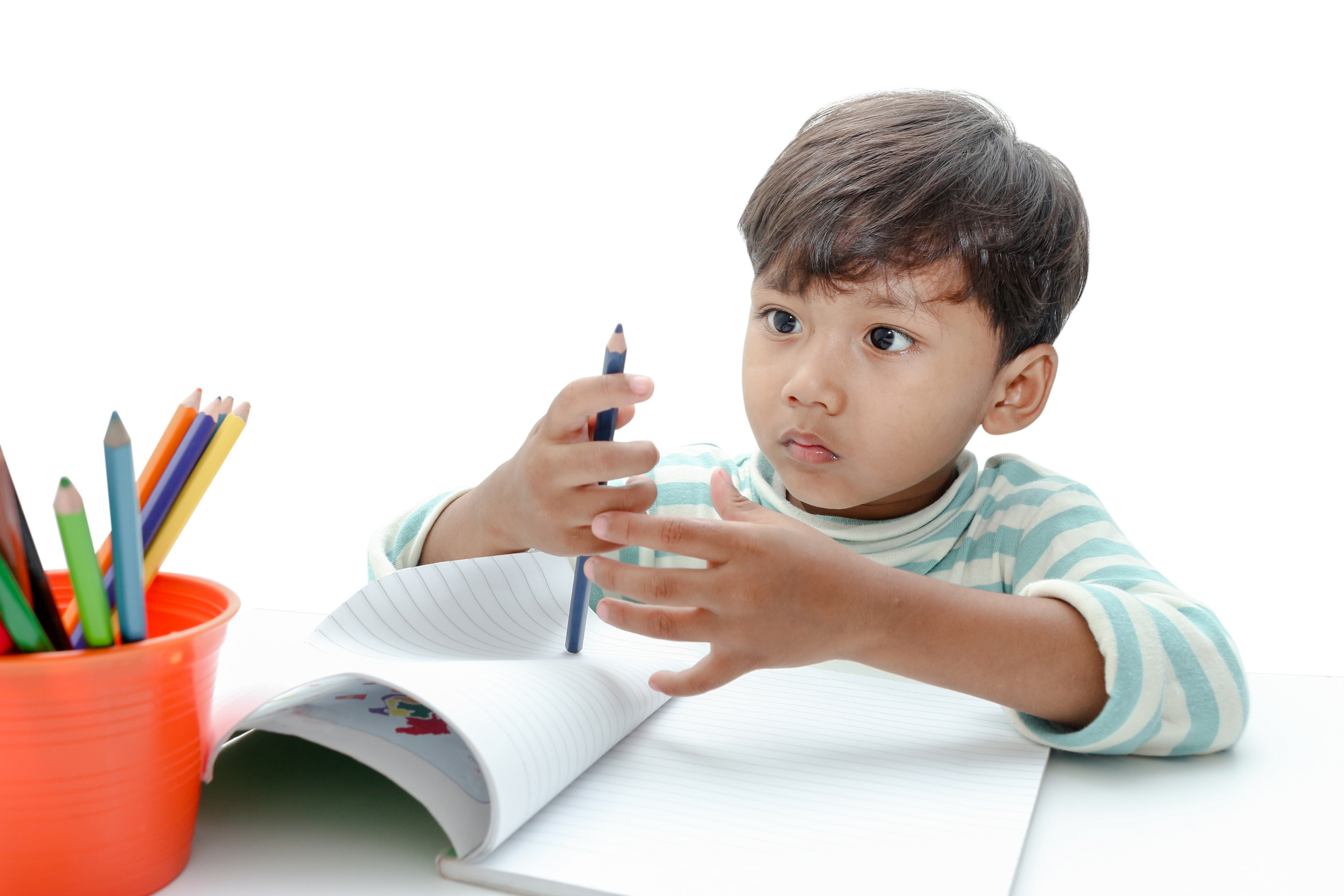Every parent wants to be involved in their child’s education, but few realize how quickly homework can turn into a battlefield. From glitter explosions to math meltdowns, certain first grade assignments have a way of testing everyone’s patience. The transition from kindergarten to structured schoolwork can catch families off guard, and what starts as a simple project can spiral into frustration. Understanding why these conflicts happen—and how to handle them—can help parents turn homework time into something less stressful and more productive.
1. The Infamous Family Tree Project
Few first grade assignments stir as much tension as the family tree project. What sounds like a cute way to explore ancestry can quickly bring up complicated emotions or logistical confusion. Some children have blended families, single parents, or guardians, and explaining that structure can be tricky. Parents may disagree on how to represent relatives or which side of the family to include. The best way to avoid conflict is to focus on teaching connection and identity rather than perfection—help your child express who matters most to them instead of creating a detailed genealogical map.
2. The “All About Me” Poster
This classic first grade assignment seems harmless until parents start debating which photos to use or how much to reveal. Should you include baby pictures, favorite toys, or mention a parent’s job? Some families worry about oversharing, while others stress over making the poster visually impressive. The pressure to make it look “Pinterest-perfect” can lead to late-night glue-stick arguments. Instead of taking over, encourage your child to make choices about what they’re proud of and help them express themselves with their own words and drawings.
3. The 100th Day of School Project
The 100th Day of School is meant to celebrate counting skills, but for many families, it’s a race against time and creativity. Teachers often ask students to bring in 100 of something—beans, stickers, paperclips, or cereal pieces—and that’s where the tension starts. Parents might get carried away trying to make the display impressive, while kids lose interest halfway through. What could be a fun math exercise turns into a last-minute scramble before bedtime. The key is to keep it simple and let your child choose something they can count themselves, even if it isn’t Instagram-worthy.
4. The Reading Log Marathon
When it comes to first grade assignments, few things cause more ongoing friction than the reading log. Parents want their children to develop a love of reading, but tracking minutes or pages can feel like an endless chore. Arguments often arise when a child insists they’ve read enough, or when parents forget to log entries during a busy week. The result is stress on both sides, with little focus on actual enjoyment. A better approach is to make reading part of your family’s nightly routine and celebrate progress without worrying about perfect records.
5. The “Build a Model” Science Project
Even the simplest model-building assignments can end with glue-covered tables and tears. Parents may feel tempted to step in to make sure the project looks polished, while children just want to experiment and have fun. The tension often comes from mismatched expectations—teachers want to see the child’s creativity, not a parent’s engineering skills. Allowing your child to make mistakes teaches resilience and problem-solving far better than building the “perfect volcano.” Offering gentle guidance while letting them lead keeps the focus where it belongs—on learning.
6. The Spelling and Sight Word Tests
Weekly spelling and sight word tests are among the first-grade assignments that regularly trigger frustration at home. Parents want their children to do well, but drilling words repeatedly can lead to tears and resistance. What starts as practice can quickly feel like pressure. A simple shift—turning word review into a game—can make a huge difference. Using flashcards, drawing, or spelling words aloud during playtime helps kids learn without the stress of formal study sessions.
7. The Group or Partner Project
It might surprise parents that even first graders sometimes get assigned group projects. Coordinating with other children—and their parents—can be unexpectedly chaotic. Families might disagree about who does what or how much effort each child should contribute. For a six-year-old, this can feel confusing and overwhelming, especially if adults start taking over. The best way to keep the peace is to guide your child in doing their part and practicing teamwork, not perfection.
Turning Homework Battles into Learning Opportunities
The truth is, most family fights over first grade assignments aren’t about the homework itself—they’re about expectations, time, and communication. Parents often want to help their child succeed, but too much involvement can send the message that their effort isn’t enough. By focusing on support rather than control, families can turn stress into connection. Encourage independence, celebrate small wins, and remember that learning is messy—and that’s exactly how it’s supposed to be.
Have you ever found yourself in a tug-of-war over your child’s homework? Which first grade assignments have caused the biggest battles in your household? Share your stories in the comments below!
What to Read Next…
Why Are More Parents Questioning the Value of Preschool?
7 Reasons Your Kids Are Faking Illness to Avoid School (And What to Do About It)
8 After-School Activities That Drain Family Budgets the Fastest
7 Preschool Programs That Might Be Hurting Kids Socially
9 Times Schools Asked Parents for Money in Questionable Ways
Catherine is a tech-savvy writer who has focused on the personal finance space for more than eight years. She has a Bachelor’s in Information Technology and enjoys showcasing how tech can simplify everyday personal finance tasks like budgeting, spending tracking, and planning for the future. Additionally, she’s explored the ins and outs of the world of side hustles and loves to share what she’s learned along the way. When she’s not working, you can find her relaxing at home in the Pacific Northwest with her two cats or enjoying a cup of coffee at her neighborhood cafe.









